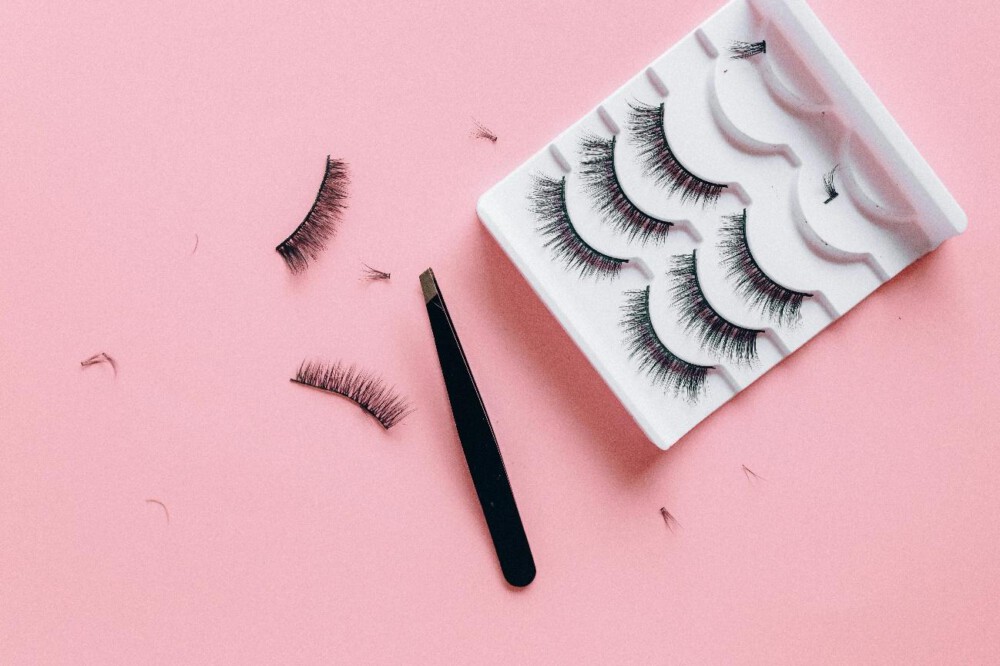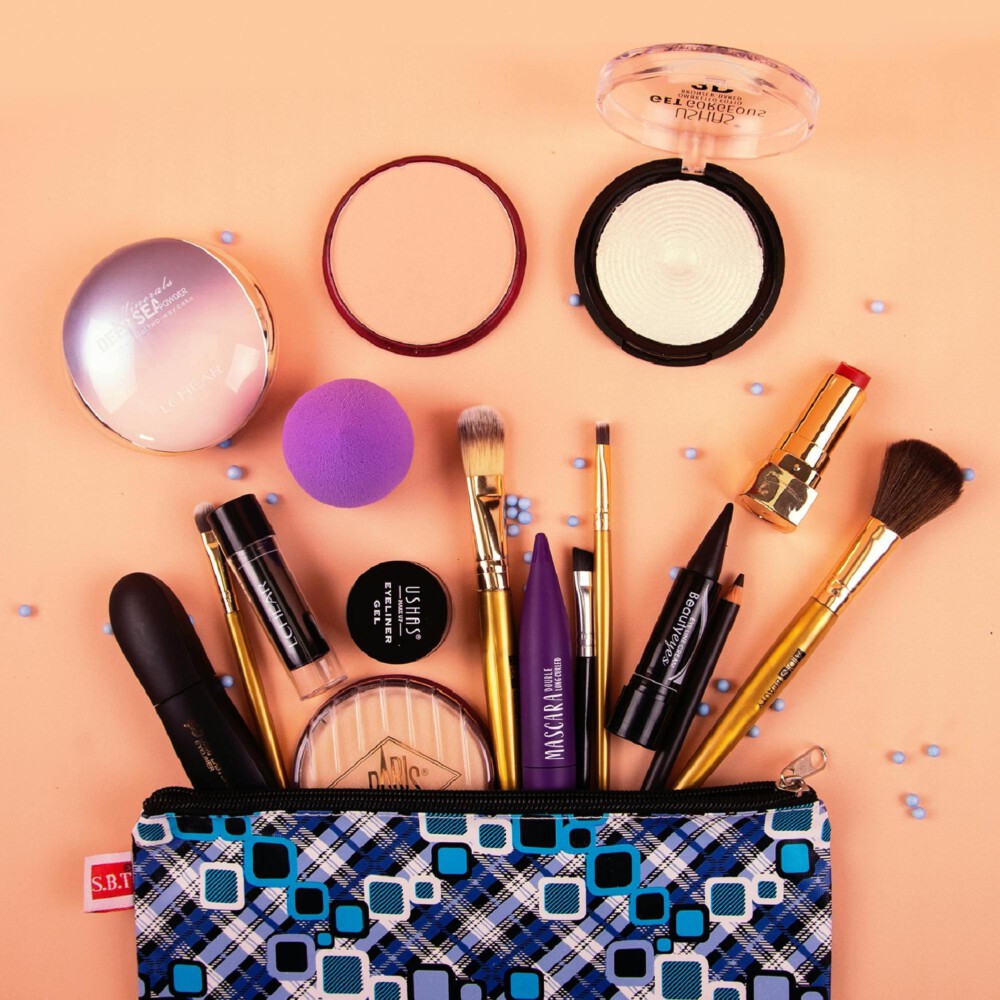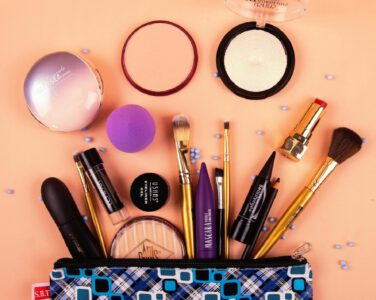On 22 February 2024, the EU Cosmetics Industry Working Group, specifically the sub-group on Borderline Products, released the updated version of the Borderline Products Manual (version 5.3), which is essential for classifying cosmetic products.
INTRODUCTION: Understanding the Importance of Classifying Cosmetic Products
 The clear determination of the scope of application of Regulation (EC) No 1223/2009 of the European Parliament and of the Council of 30 November 2009 on cosmetic products (“Cosmetics Regulation”) is crucial for the proper implementation of the Cosmetics Regulation and its correct interpretation and enforcement by national competent authorities of the Member States.
The clear determination of the scope of application of Regulation (EC) No 1223/2009 of the European Parliament and of the Council of 30 November 2009 on cosmetic products (“Cosmetics Regulation”) is crucial for the proper implementation of the Cosmetics Regulation and its correct interpretation and enforcement by national competent authorities of the Member States.
In the course of the discussion with Member States the Commission concluded that guidance is needed which goes beyond abstract rules and addresses their actual application. To this end, a “Borderline Sub-Group”, comprised of experts from within the “Working Group on Cosmetic Products” and from other Commission Services concerned, meets on a regular basis to discuss the application of Article 2(1)(a) of the Cosmetics Regulation in order to ensure a uniform approach.
This Manual was developed to ensure the safety of products placed on the European market and is of particular interest when it comes to classifying products that can be considered as cosmetics, toys, medical devices or even medicinal products. There are cases where a product may be classified in one way or another, depending on its intended purpose.
STRUCTURE OF THE MANUAL: Key Insights into Classifying Cosmetic Products
The Manual is divided into 3 sections which can be summarized as follows:
- Type of product – Substance or Mixture
- Site of application
- 3.Intended cosmetic purpose
The most interesting is point 3, where different product scenarios are considered that can be considered on the borderline between cosmetics and toys, biocides, medicines, medical devices, and other legislation.
UPDATES
the updated version, differs from the previous version by the inclusion of two new entries:
- Glues/adhesives intended to fix items articles like false nails, false eyelashes, jewellery on teeth, etc.
- Magnetic eyeliners.
In the case of glues and adhesives intended to fix items articles like false nails, false eyelashes, jewellery on teeth, etc., these fulfil two conditions of the definition of the cosmetic product under the Cosmetics Regulation as they are substances or mixtures which are intended to be placed in contact with an external part of the human body or with the teeth. Compliance with the third condition: the existence of an exclusive or main purpose, such as, changing the appearance has to be assessed on a case-by-case basis.
If the primary function of a substance or mixture, when it is put in a contact with an external part of the human body such as the skin or with the teeth, is to change their appearance by itself, this substance or mixture is likely to be considered as a cosmetic product, even if it has a secondary function to attach an article to the skin or the teeth. However, glues/adhesives which have an exclusive function to attach an article to an external part of the body (e.g. glues enabling false eyelashes to be attached to the eyelid or fake nails to a nail plate) cannot be considered as cosmetic products as such glues do not have a cosmetic function.
Glues used to attach fake nails have to be distinguished from substances and mixtures that are to be applied to the nails to create artificial nails. Those substances and mixtures applied on the nails during the process of forming artificial nails are likely to fulfil the third criteria of the cosmetic product definition, i.e. the exclusive or main cosmetic purpose, and therefore are likely to be considered as cosmetic products.
The assessment of whether an individual product is a cosmetic product has to be carried out by national competent authorities, subject to review by the courts, on a case-by-case basis, taking into account all characteristics of the product. Therefore, it remains a case-by-case decision whether or not a certain type of adhesive/glue can be considered to be a cosmetic product.
In the case of the magnetic eyeliner, this is applied on an eyelash line like a regular eyeliner, but which can also have a secondary purpose: apart from changing the appearance of the part of the skin on which it is applied it can also allow false lashes to be attached to the eyelid. A coloured magnetic eyeliner can be considered as a cosmetic product similar to a non-magnetic eyeliner, as it is “intended to be placed in contact with the external parts of the human body […]” and its purpose is “exclusively or mainly to cleaning them, perfuming them, changing their appearance, […]”. The other function – allowing the attachment of false eyelashes, could be considered a secondary purpose to the main cosmetic purpose. In any case, a decision on the qualification of the products has to be made by the national competent authorities, on a case-by-case basis, and taking into account all characteristics of the product.
CONCLUSIONS
This update is a reminder of the constant evolution of the cosmetics industry and the importance of staying informed about regulatory changes. Ensuring compliance is not only about complying with regulations, but also about safeguarding consumer confidence and maintaining the integrity of consumer safety.
If you need clarification on the status of your products, don’t hesitate to consult an expert. SHAPYPRO offers expert advice to help you navigate these regulatory issues with confidence.


